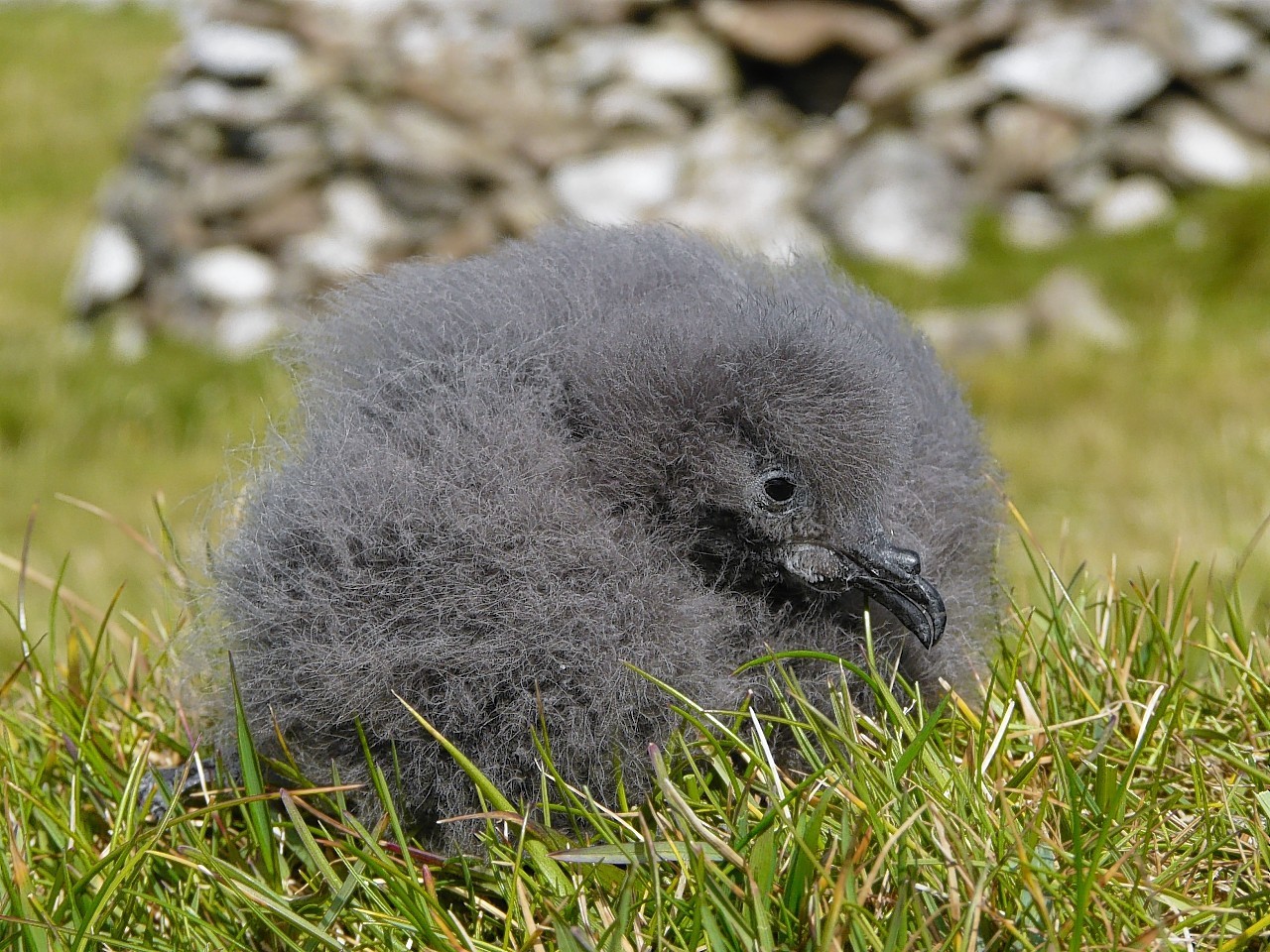Flat-pack furniture has been the ruin of many a DIY enthusiast – but for this rare seabird chick, it is proving to be a godsend.
The Leach’s Storm-petrel is one of a handful which have hatched on St Kilda this year, thanks to an innovative monitoring project run by the archipelago’s owners at the National Trust for Scotland.
The adult birds’ fondness for out-of-the-way corners makes them particularly difficult to study – so experts joined forces with carpentry and joinery students at Inverness College to create a set of flat-packed nesting boxes which better mimic the small, cramped spaces they prefer.
The chick has been named “Squeak” by rangers after he it made it apparent he was not happy about being weighed.
He is one of a dwindling number of Leach’s Storm-petrels – one of the least common seabirds of the British Isles.
About 94% of the known breeding population is found on St Kilda but earlier studies have shown numbers on Dun, one of the islands in the archipelago, halved between 1999 and 2003.
Gina Prior, St Kilda’s Seabird and Marine Ranger said: “Given what seems to be an increasingly precarious situation for this rarest of seabirds, it was vital we found out more about their breeding patterns and the possible causes of population decline.
“This is no easy task as Leach’s Storm-petrels are quite difficult to observe because they breed in hollows and cracks in the rocks and only return to their burrow after dark.”
Early attempts to install wooden nest boxes in the hope that these would attract breeding pairs of petrels and make them easier to study proved fruitless.
The new flat-pack design proved its worth in 2012 as the very first hatching of a Leach’s Storm-petrel in an artificial burrow was recorded.
Two chicks fledged in 2013 and Squeak is one of three youngsters which are growing fast this season.
Now project leaders are planning to expand the number of nesting boxes in order to gather more vital data about the birds’ breeding patterns.
Steve MacDonald, a volunteer builder who joined a NTS work party on St Kilda, has come up with a fresh design which should be better at withstanding the harsh conditions.
He said: “We are mass producing the new boxes over the winter and we will have them in place for the 2015 breeding season. Hopefully the results will be well worthwhile.”
